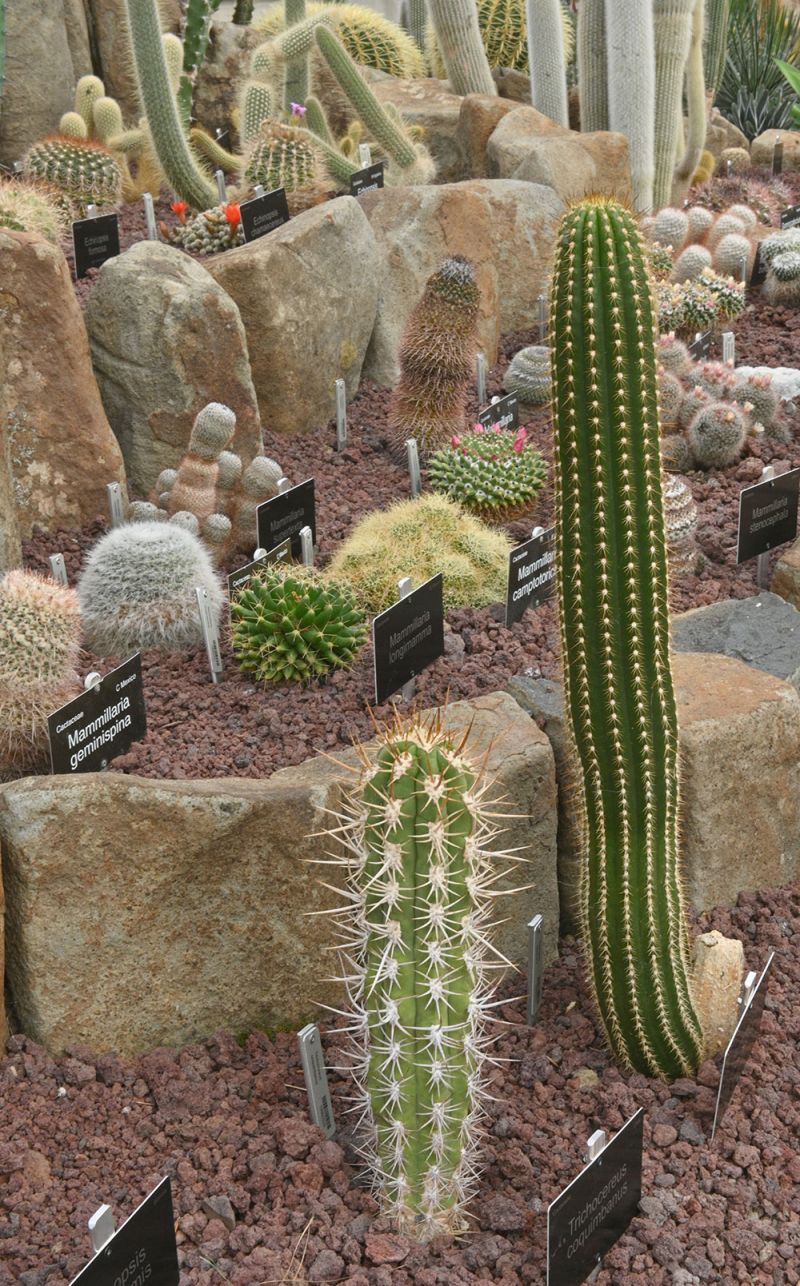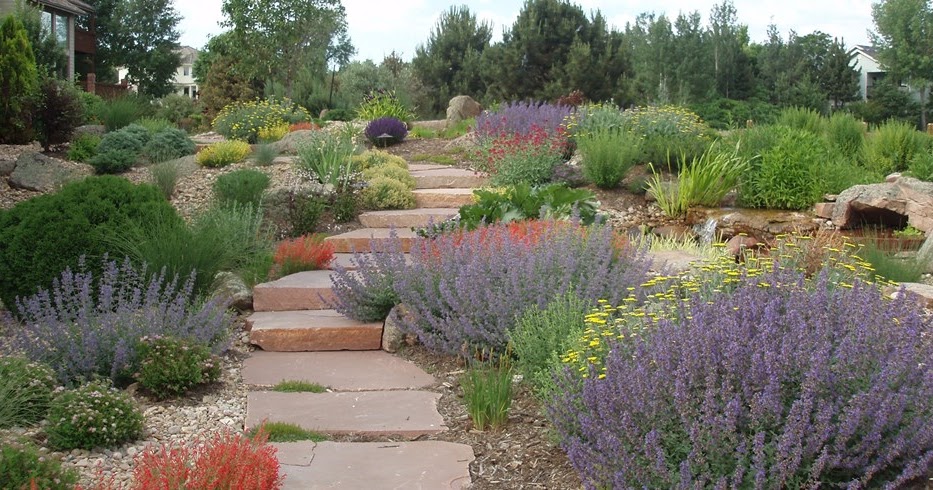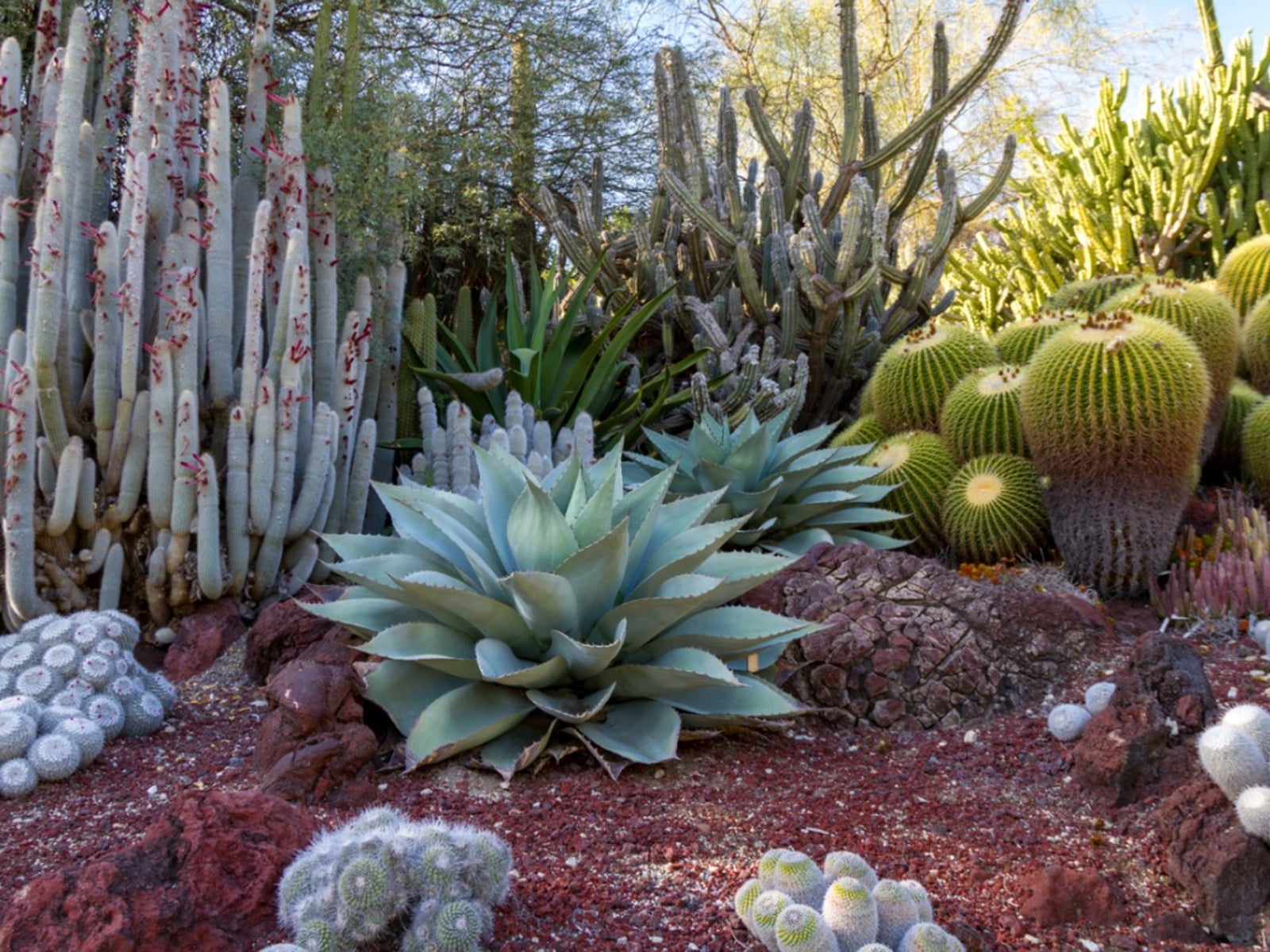Caring for Arid Garden Plants: Practical Tips from Experience

Alright, so you’re thinking about diving into the world of arid gardens—those beautiful, low-water green spaces that somehow make dry look downright dreamy. Trust me, I get it. I’ve been there staring at my sad petunias shriveling up like raisins in the summer sun and thinking, “There has to be a better way.” Spoiler: There is! Let me walk you through what I’ve learned with some down-to-earth tips that make this whole drought-friendly gardening thing feel less like a chore and more like an art.

What plants won’t cry for water every day?
Step one is picking your plant buddies wisely. Think of them as desert superheroes who thrive on minimal TLC but still want to dazzle you. Succulents (hello, Aloe Vera), cacti with their funky shapes, lavender with its soft purple blooms and heavenly scent, agave’s bold architectural leaves, and yucca's spiky drama are all champs in tough conditions.
Here’s a little nugget from my first attempt at this: I tried planting a bunch of random “drought-tolerant” stuff at once without checking soil or watering habits—and watched half just sit there looking miserable. Lesson learned—these guys need well-draining soil (because soggy feet = root rot = sad plant). So give them a spot that doesn’t hold water like a sponge!
So… how do I get my soil ready for these thirsty plants?
Preparing your soil is like setting a cozy foundation for your new plant friends. You want it loose enough so water drains quickly but still holds just a little moisture.
If you have heavy clay dirt—which honestly feels like planting into wet concrete—try adding coarse sand or gravel. This trick literally breaks up the clay bite and keeps roots from drowning in sog.
Then mix in some organic compost—not too much because these plants are used to poor soil; too rich means they’ll grow weak.
Here’s a simple way that works for me: when digging holes to plant, line them with half native soil mixed with compost instead of dumping pure garden mix in there. It feels more natural to the plants and avoids surprise moisture traps.
After planting, cover the ground with about 2 inches of bark chips or straw mulch—it acts like sunscreen over your garden bed by keeping moisture from evaporating too fast under hot rays.
How often does watering happen without turning into a panic fest?
This was probably my biggest oops moment early on—I thought less water meant unhappy plants. Turns out it’s the opposite here!
These hardy guys prefer deep drinks and then long naps rather than constant sipping. Water deeply once every 1-2 weeks during growing season; less during their chill time (dormancy) when they basically snooze through harsh heat/winter. For example:
- Succulents? Once every two weeks usually.
- Agave & Yucca? Monthly deep soaking often does the trick.
- Lavender? Likes being dry but appreciates moderate watering while getting established.
Try sticking your finger about an inch into the soil near roots before watering—if it’s dry there, go ahead; if not, hold off. This little test saves you from drowning your plants accidentally (which happens way more than you think).
Won’t this all end up looking kinda... barren?
I hear you loud and clear—dry gardens sometimes get unfairly tagged as "desert wastelands." But here’s where arid gardening gets cool:
A thoughtfully mixed palette of silver-gray sagebrush next to sunny yellow desert marigolds creates texture and color without needing endless thirst-quenching routines.

Imagine soft lavender bushes wafting fragrance next to sculptural agaves standing tall like art installations—it’s actually more striking than traditional lawns once they fill in.
Pro tip: group plants by size and texture—
- Use low-growing succulents as natural ground covers,
- Mid-height lavenders for softness,
- Tall yuccas/agaves for wow-factor focal points
This layering adds depth making your garden feel alive instead of empty or flat—all while sipping way less water!
Uh-oh — pests? Diseases?
One thing I worried about was bugs sneaking into stressed plants because drought sounds like weakness. But guess what? Many arid-type plants evolved super defense systems—they’re naturally tougher than many common houseplants or flowers.
That said: keep an eye out for aphids lounging on new succulent leaves or spider mites’ tiny webs showing up—and root rot if drainage isn’t top-notch.
If pests become annoying guests? A gentle neem oil spray from any local garden store is usually enough to shoo them away safely without messing things up chemically.
And before panicking over weird spots or droopy leaves—double-check watering habits first since overwatering is often the real villain behind “sick” symptoms!
Can seeing other people’s drought gardens inspire me?
Absolutely! Here are two stories that really boosted my confidence:
-
Tom's backyard transformation: He swapped his thirsty lawn for massive agave clusters peppered with golden globe mallow blossoms. With biweekly deep watering only during growing months, he cut his water bill dramatically while creating an inviting spot that screamed "Southwestern charm."
-
Maria's balcony magic: Small space didn’t stop her from filling pots with assorted succulents and lavender thriving in afternoon sun sessions all summer long—with mulch topping container soils keeping roots snug and cool despite minimal watering after establishment.
These real-life examples prove size doesn’t matter—you can nail an arid garden anywhere!
Ready to jump in right now? Here’s what I'd totally do:
- Check how much sun hits your spot daily.
- Scoop up heavy clay or compacted dirt mixing it gently with compost + sand/gravel.
- Pick easy-win plants: start small with aloe vera, golden barrel cactus, lavender (Lavandula angustifolia), locally-sourced agave/yucca varieties.
- Plant considering height/texture interplay—give them breathing room!
- Mulch thickly around bases but keep mulch off stems so no rot partying happens.
- Set a timer/reminder to deep-water roughly every 1–2 weeks initially; watch moisture levels carefully.
- Observe patiently — watch those roots grow deep rather than heads droop shallow.
The magic here is meeting nature halfway: working with drought-smart survivors instead of fighting daily battles trying to coax thirsty exotics through every summer blaze.
Between us, making an arid garden taught me patience and rewarded me with surprises—like unexpected blooms after dry spells or watching tough little rosettes turn into lush patches full of life despite sun-baked days.
So grab some gloves (the prickles on cacti will remind you why), find those spiky friends at your nursery or online seed shops, dig into loose earth smelling fresh under bright sun… soon enough you'll be chilling next to your own thriving desert oasis feeling pretty proud!
If something trips you up along this adventure—or if you want specific plant picks near your area—just drop me a line anytime! Seriously happy cheering from here 🌿🌞🌵



